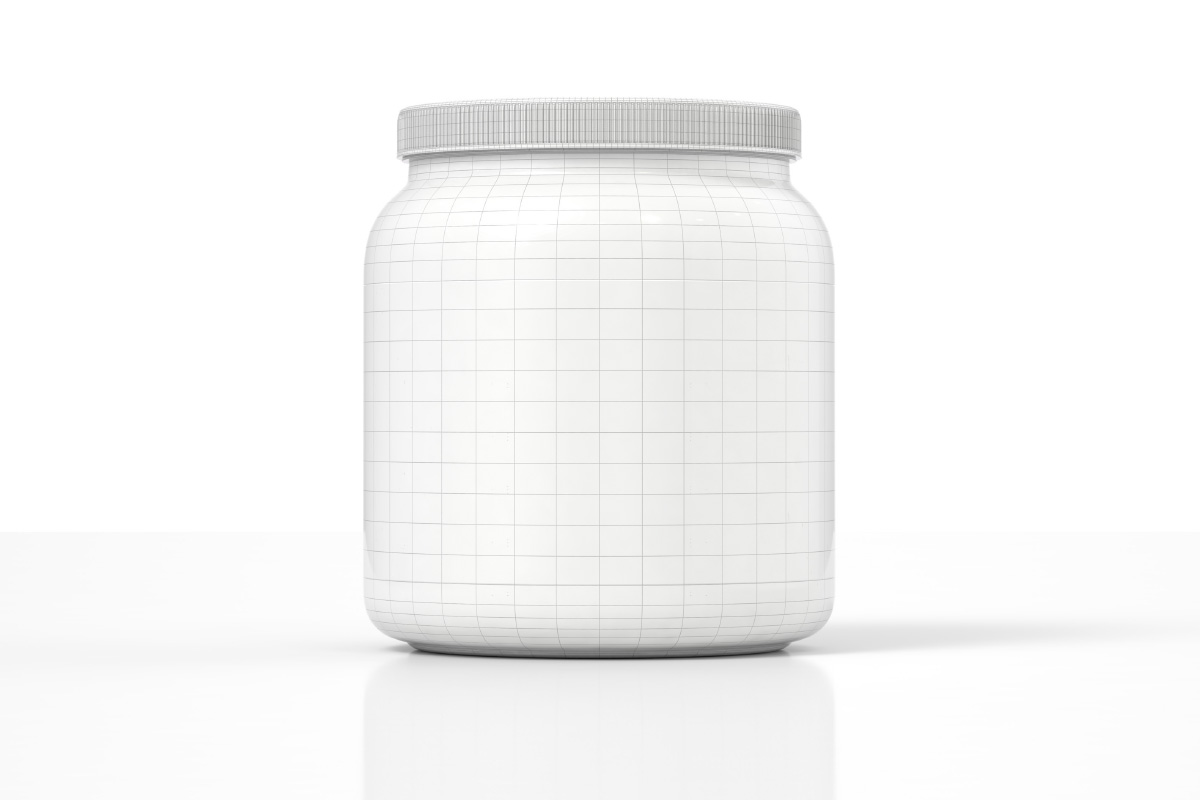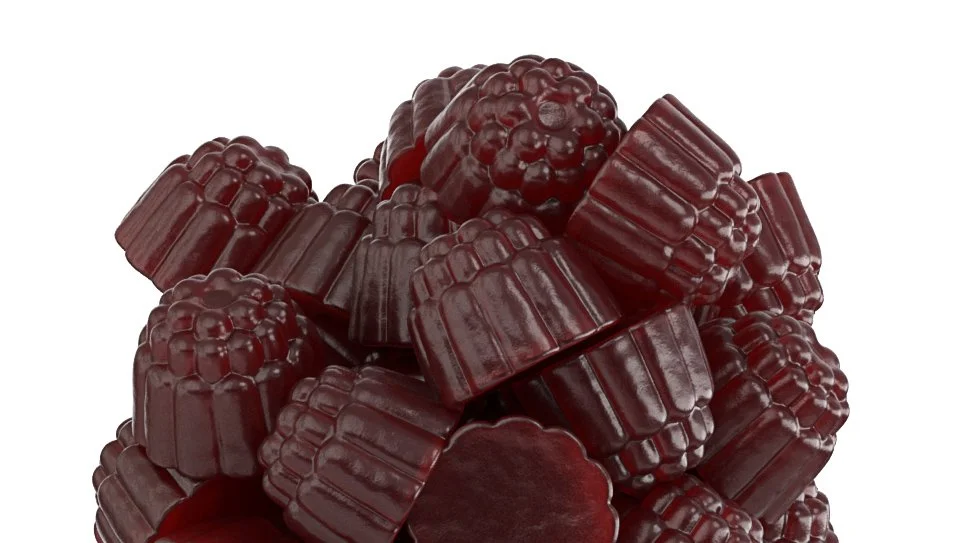Front Design recently updated some of our earlier Maxigenes renderings done in Strata to Modo and added several new products to the range.
Detailed models of the tins, jars, bottles and tablets were created from scratch by Front Design in Modo as sub division surface models. Earlier Strata models were updated or recreated to include more detail, optimise polygon density and improve accuracy.
In some cases hidden details such as threads and inserts, pull tabs etc were also modelled in detail to allow additional views or add realism to transparent materials. All models had realistic thickness to allow accurate physical materials such as sub surface scattering to interact as expected with light and other objects.
PDF artwork for the labels was supplied to us by the client which we optimised for texturing. Older texture maps were updated for colour accuracy to take advantage of Modo’s colour managed workflow. Physically accurate materials were recreated in Modo, including sub surface scattering in plastics and liquids to metallic inks, coatings or anodised finishes. Detailed organic materials in the tablets were generated entirely within Modo by manipulating built-in procedurals to achieve the desired result.
Additional micro details were added to introduce some natural imperfections characteristic of the manufacturing process, such as slight bumpiness to soft lid plastics and gloss coatings, or fine pitting and scratching to hard plastics. While invisible on smaller web images these details none the less add to the character of highlights and reflections to reduce the somewhat clinical clean look typical of 3D rendering. In particular such details are useful when rendered out at larger sizes for print work, or as was done recently for a bus wrap application.
The lighting and environments were built in Modo and HDRI Light Studio then final images rendered out as Photoshop files using Modo’s high quality built-in render engine with a hybrid of Monte Carlo and Irradiance Caching. We have used the images in collateral, their website and provided to the client for use in social media. Most recently we generated ultra high resolution images to be used on tram and bus wraps.


























